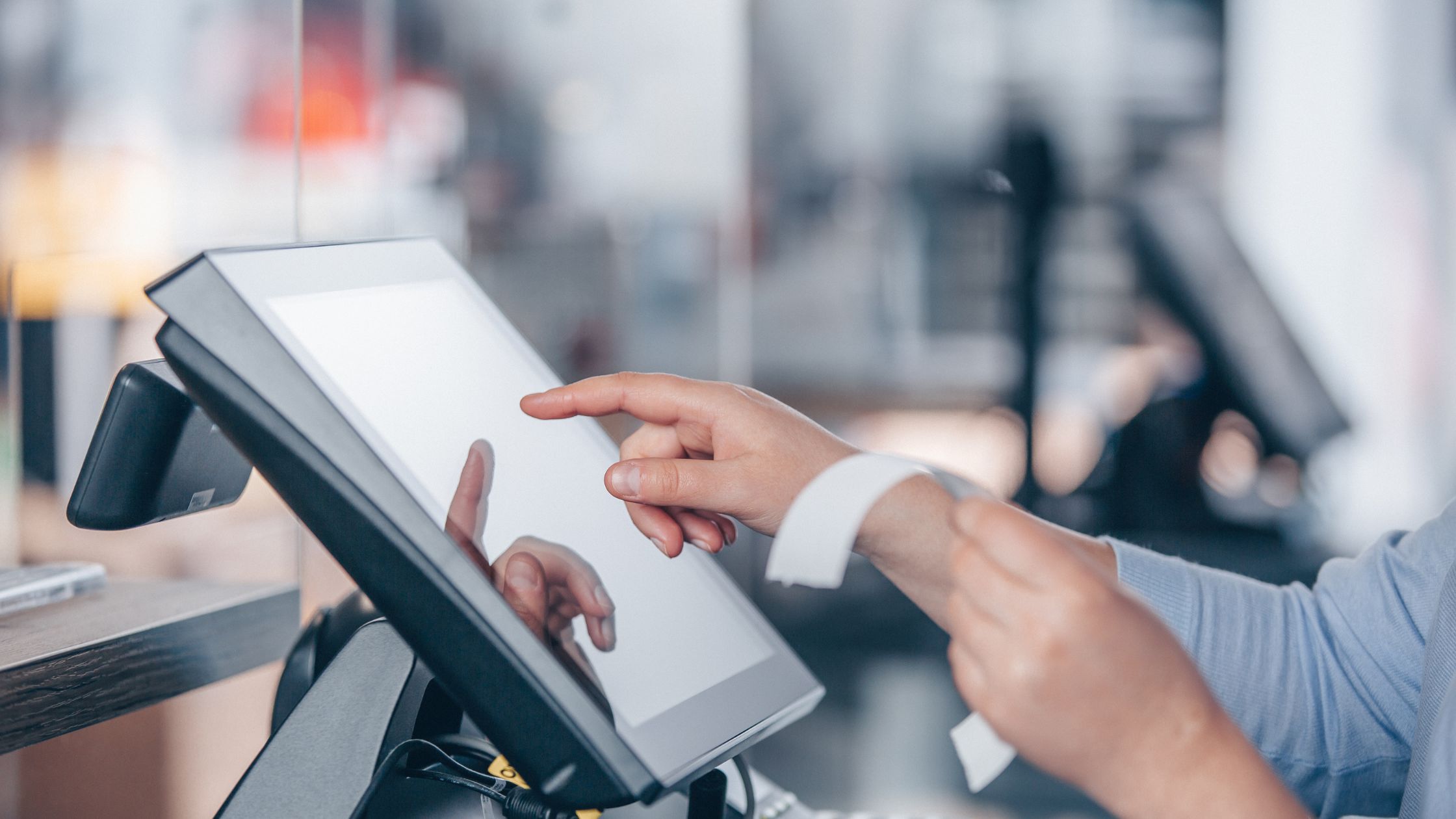As a restaurant owner, you juggle many responsibilities—from managing staff to maintaining food quality. But if your point-of-sale system lags, the entire operation suffers. Surprisingly, many businesses still overspend on closed systems or stick with outdated tools. Fortunately, free open-source restaurant POS software offers a smart, budget-friendly alternative that gives you full control, powerful features, and long-term scalability.
In this guide, we’ll break down why open-source POS software matters, how to troubleshoot your existing POS, and how to transition to a more efficient solution without paying high licensing fees.
Table of Contents
- Why Free Open-Source POS Matters
- Common Causes of POS Failure
- How to Diagnose POS Issues
- Steps to Recover or Switch POS
- Top Free Restaurant POS Software
- How to Choose the Right POS
- Conclusion & Next Steps
- FAQs
Why Free Open‑Source POS Matters
Restaurant technology has evolved rapidly. Yet many owners still assume that quality software must be expensive. That couldn’t be further from the truth.
Open-source POS systems are freely available software solutions that can be downloaded, modified, and distributed without licensing fees. These systems are maintained by developer communities or companies that value transparency and adaptability. For restaurants, this means:
1. You don’t pay for software licenses, allowing you to reinvest savings into staff training or marketing.
2. You gain flexibility, since you can customize the features to suit your menu, order flow, or table layout.
3. You retain control over your data, giving you privacy and compliance advantages.
4. You stay future-ready because open-source software typically evolves quickly, with strong community feedback loops.
By switching to a free open-source restaurant POS software open source, you take ownership of your system instead of being limited by vendor contracts.
Common Causes of POS Failure
Even well-established restaurants sometimes face breakdowns in their digital infrastructure. In most cases, POS issues stem from one or more of the following reasons:
- Outdated Software: Regular updates are essential. Missing them can leave you vulnerable to bugs, data corruption, or slow performance.
- Inadequate Features: As your restaurant expands, your POS must keep up. If you can’t manage new delivery options or third-party apps, it’s time to upgrade.
- Technical Glitches: Faulty integration with card readers, receipt printers, or kitchen displays often causes service delays or order duplication.
- Lack of Support: If no one can help when something goes wrong, even small issues can snowball into lost revenue.
When customers experience delayed service or staff spend time troubleshooting instead of serving, your brand reputation suffers.

How to Diagnose POS Issues
Before you consider switching systems, first take the time to accurately identify what’s going wrong. Here’s how to do it:
1. Review System Logs: These logs show error messages, failed processes, and performance inconsistencies.
2. Monitor Performance: Slow response times, frozen screens, or order delays usually point to software or hardware bottlenecks.
3. Ask Staff for Feedback: Since frontline employees use the system daily, they can pinpoint usability or training issues.
4. Test Your Devices: Ensure all terminals, printers, and kitchen displays connect and sync without lag.
By assessing these areas, you can determine whether the issue lies in configuration, training, or the software itself.
Steps to Recover or Switch POS
If you’ve identified major limitations in your current setup, it may be time to upgrade or fully migrate to a new POS. Here are some practical steps:
- Update Your Software: Always start by upgrading to the latest version, which often resolves bugs and compatibility issues.
- Add Missing Modules: Open-source systems often allow plugin installation to expand functionality, like table tracking or mobile ordering.
- Clean Your Database: Large volumes of old orders or unarchived logs can slow performance. Regular cleanups help keep things fast and stable.
- Engage Developers or Forums: Tap into community forums or freelance developers to solve unique issues or implement specific features.
- Back Up and Migrate: If switching, ensure a complete backup of all menus, user data, and sales history before installing the new system.
A well-planned recovery strategy minimizes downtime and keeps your business running smoothly.
How to Choose the Right POS
Selecting the best POS for your restaurant requires more than just checking features. You must align your choice with your current and future needs. Consider these factors:
- Feature Fit: Make sure the system supports dine-in, takeout, tipping, multi-language menus, and kitchen display syncing.
- Customizability: Check whether you can tweak the software to match your workflows and branding.
- User-Friendliness: Staff adoption depends on how intuitive the interface is. Opt for POS systems with easy navigation and training tools.
- Offline Capability: Your POS should continue working during internet outages, storing transactions locally.
- Community Support: An active community ensures you can find answers or help without always hiring a developer.
By applying these filters, you’ll reduce risk and choose a system that supports your long-term goals.

Conclusion
Embracing free open-source restaurant POS software gives your business the flexibility, reliability, and customization power that traditional systems often lack. From avoiding high fees to tailoring your operations, the benefits are hard to ignore, especially in today’s competitive restaurant market.
If you’re ready to take full control of your restaurant’s tech stack, explore Floreant—a proven open-source POS solution built to meet real-world hospitality challenges. Visit Floreant POS to download the software, explore features, and start your transformation today. Learn more about Open Source POS here.
Frequently Asked Questions (FAQs)
1. What makes open-source POS better than paid systems?
Open-source POS software gives you freedom, customization, and zero licensing costs. You gain control over features and data without vendor lock-in.
2. Can I run a restaurant with just open-source POS?
Yes. Many restaurants run entirely on open-source POS systems. With the right setup and maintenance, these tools can handle everything from orders to inventory.
3. How do I update or maintain open-source POS?
Most systems offer documentation and community forums. You’ll need to occasionally apply updates, manage backups, and monitor performance like any software.
4. Is open-source POS secure?
When properly maintained, open-source POS can be highly secure. Regular updates, backups, and secure network practices are essential for protection.







